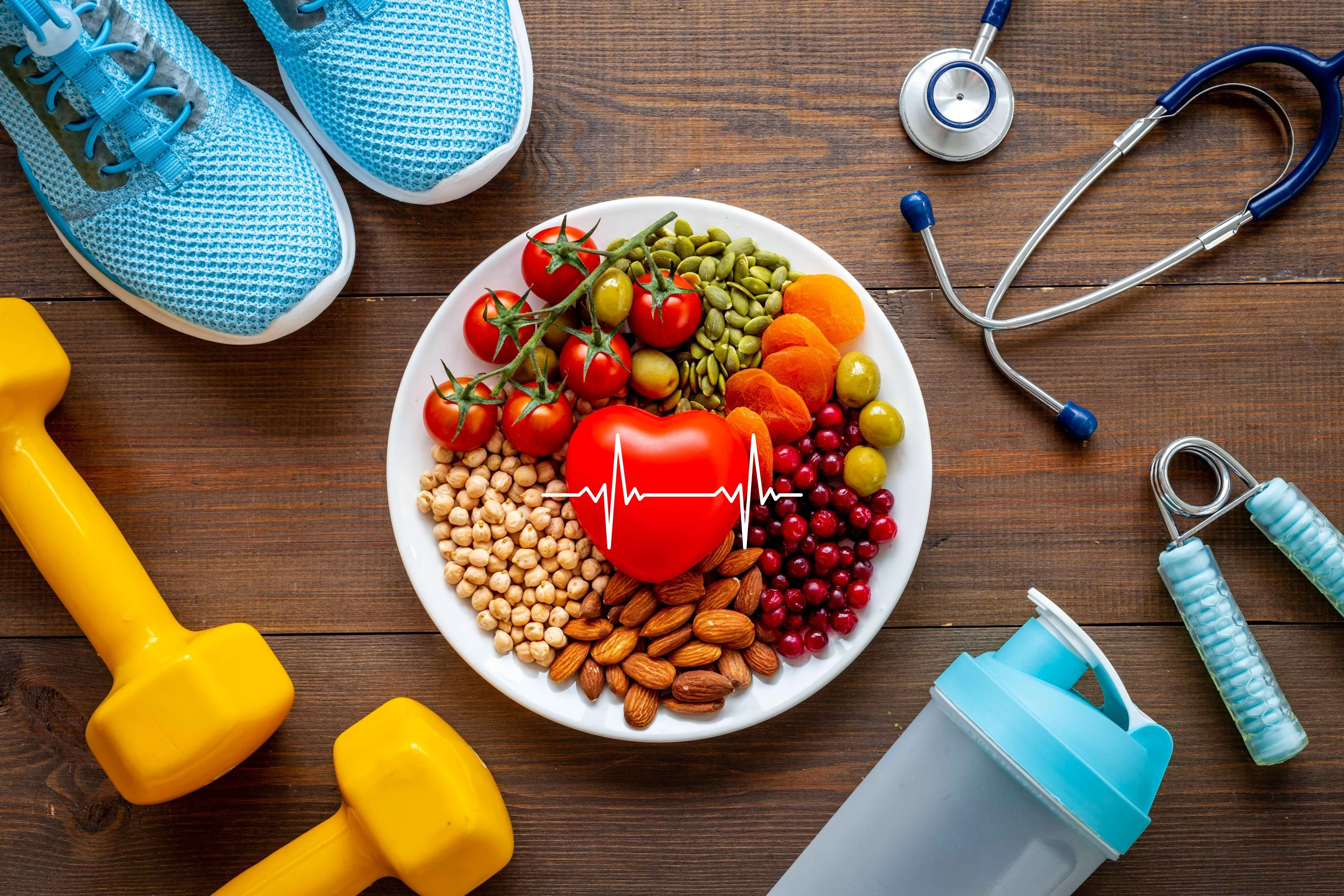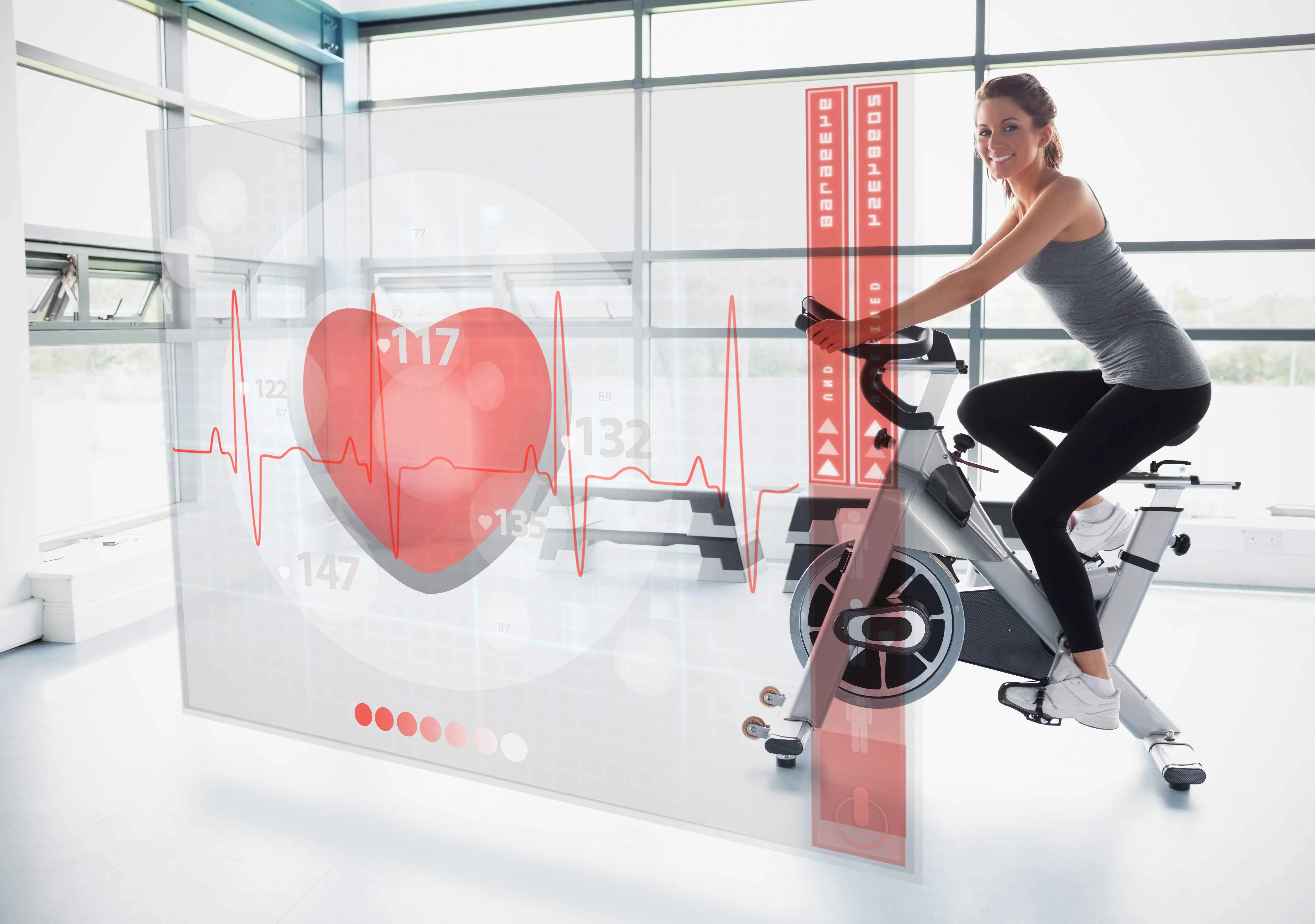Diet and Exercise Tips for People with Arrhythmia

Living with arrhythmia can be daunting. Heart rhythm disorders affect your cardiovascular system, sense of normalcy, and well-being. While medications and medical procedures are significant in managing arrhythmia, lifestyle factors such as diet and exercise are equally important. A heart-healthy lifestyle tailored for individuals with arrhythmia can significantly improve symptoms, reduce the frequency of irregular heartbeats, and enhance overall quality of life.
What Is Arrhythmia?
Before discussing lifestyle modifications, it's essential to understand arrhythmia. Arrhythmia is when the heart beats too fast, too slow, or irregularly. It can occur in healthy individuals occasionally, but frequent or severe arrhythmias may require medical intervention.
- Atrial Fibrillation (AFib) :Irregular and often rapid heartbeat in the atria.
- Bradycardia :Abnormally slow heart rhythm.
- Tachycardia : Abnormally fast heart rhythm.
- Premature Ventricular Contractions (PVCs) : Extra, abnormal heartbeats originating in the ventricles.
Symptoms may include palpitations, dizziness, shortness of breath, fatigue, or even fainting spells.
Why Lifestyle Matters in Managing Arrhythmia
Lifestyle changes can be crucial in reducing arrhythmia episodes, improving heart function, and preventing complications such as stroke or heart failure. Incorporating a balanced diet and regular physical activity can help manage risk factors like high blood pressure, obesity, and inflammation, all of which can exacerbate arrhythmias.
- Expert Insight:The American Heart Association emphasises that a treatment plan for arrhythmia may include lifestyle changes. Quitting smoking, eating a heart-healthy diet, being physically active, and maintaining a healthy weight may reduce your risk of developing or worsening an arrhythmia.
Heart-Healthy Diet for Arrhythmia Patients
A heart-healthy diet focuses on consuming foods that support cardiovascular health while minimising those that can trigger or worsen arrhythmia symptoms.
1. Prioritise Whole Foods
Chronic inflammation is increasingly linked to arrhythmias, particularly AFib. Prioritising whole foods over processed can help with inflammation.
Include:
- Leafy greens (spinach, kale, arugula)
- Berries (blueberries, strawberries)
- Nuts and seeds (almonds, flaxseeds, chia)
- Fatty fish (salmon, mackerel, sardines)
- Extra virgin olive oil
2. Maintain Electrolyte Balance
Electrolytes like potassium, magnesium, and calcium play vital roles in regulating heart rhythm. Deficiencies can increase the risk of arrhythmia.
Rich sources:
- Potassium: Bananas, sweet potatoes, avocados, beans
- Magnesium: Spinach, pumpkin seeds, black beans
- Calcium: Leafy greens, tofu, almond
- Clinical Insight: The National Institutes of Health (NIH) notes that maintaining adequate magnesium levels is crucial for heart health, and magnesium supplementation may benefit individuals at risk of arrhythmia.
3. Limit Caffeine and Alcohol
Both caffeine and alcohol can act as arrhythmia triggers in sensitive individuals. While moderate intake may be acceptable for some, others may need to eliminate them
- Choose decaffeinated coffee or herbal teas.
- Drink water or sparkling water instead of alcoholic beverages.
4. Reduce Sodium Intake
High sodium can raise blood pressure, strain the heart, and increase the risk of arrhythmia.
Tips:
- Avoid processed foods and canned soups.
- Use herbs and spices instead of salt.
- Read labels carefully for hidden sodium sources.
5. Manage Weight Through Balanced Nutrition
Obesity is a significant risk factor for arrhythmia, particularly AFib. A calorie-controlled, nutrient-rich diet can aid in sustainable weight loss and rhythm stabilisation.
Recommended eating patterns:
- Mediterranean Diet: Emphasises fruits, vegetables, whole grains, and healthy fats..
- DASH Diet: Designed to lower blood pressure, rich in fruits, vegetables, and low-fat dairy.

Meal Planning Tips for Arrhythmia
Creating heart-friendly meals doesn't have to be complicated. Here are some practical tips:
- Plan Ahead: Prepare meals and snacks in advance to avoid unhealthy choices.
- Portion Control: Use smaller plates to help manage portion sizes.
- Stay Hydrated: Drink at least 8 cups of water daily, more if exercising.
- Track Triggers: Keep a food diary to identify foods that may exacerbate symptoms.
Sample Heart-Healthy Meal Plan
Breakfast:
- Oatmeal topped with berries and a sprinkle of chia seeds.
- Green tea (decaffeinated)
Lunch:
- Grilled salmon salad with mixed greens, cherry tomatoes, avocado, and olive oil vinaigrette.
- Whole grain roll
Snack:
- A small handful of almonds and a banana
Dinner:
- Quinoa stir-fry with broccoli, bell peppers, and tofu
- Steamed sweet potato
Dessert:
- Fresh fruit salad with a drizzle of honey

Exercise Guidelines for People with Arrhythmia
Physical activity benefits most people with arrhythmia, but it's essential to approach it mindfully. Exercise can improve heart function, reduce stress, manage weight, and enhance quality of life.
1. Get Medical Clearance
Before starting any exercise program, consult your cardiologist or electrophysiologist to determine safe activity levels.
- Clinical Tip:You should assess and monitor your exercise response, especially your heart rhythm, and be aware of symptoms that warrant stopping exercise.
2. Start Slowly and Progress Gradually
Begin with low-intensity activities and build up over time. Monitor your symptoms and stop exercising if you feel dizzy, short of breath, or experience palpitations.
Managing Symptoms During Exercise
If you experience chest discomfort, palpitations, dizziness, or fatigue during exercise, stop immediately and seek medical attention if symptoms persist.
Helpful tools:
- Wearable heart rate monitors
- Fitness trackers with ECG capabilities
- Smartphone apps for logging exercise and symptoms
Hydration and Electrolytes
Ensure adequate fluid intake and consider electrolyte-rich beverages if sweating heavily or exercising in hot weather.
When to Consult a Specialist
While diet and exercise are powerful tools, medical management is still essential for many patients with arrhythmia. Contact your healthcare provider if:
- Your symptoms worsen or change
- You have frequent episodes of irregular heartbeat.
- You feel unsure about your exercise capacity.
- You're planning a significant lifestyle change.
Final Thoughts: Take Control of Your Heart Health
Living with arrhythmia doesn't mean giving up control over your health. You can manage your condition effectively and live a vibrant life with the right dietary choices and a personalised, safe exercise plan.
Our heart clinic specialises in integrative care, including medical treatment, nutritional counselling, and lifestyle coaching. We aim to help you understand your condition and empower you with the tools to thrive.
Take the first step today— schedule a consultation with our heart doctors to create a plan that works for you.
This write-up has been medically reviewed by Dr. Michael Ross MacDonald, a consultant cardiologist at The Harley Street Heart & Vascular Centre in Singapore, to ensure the accuracy and reliability of the information provided.

